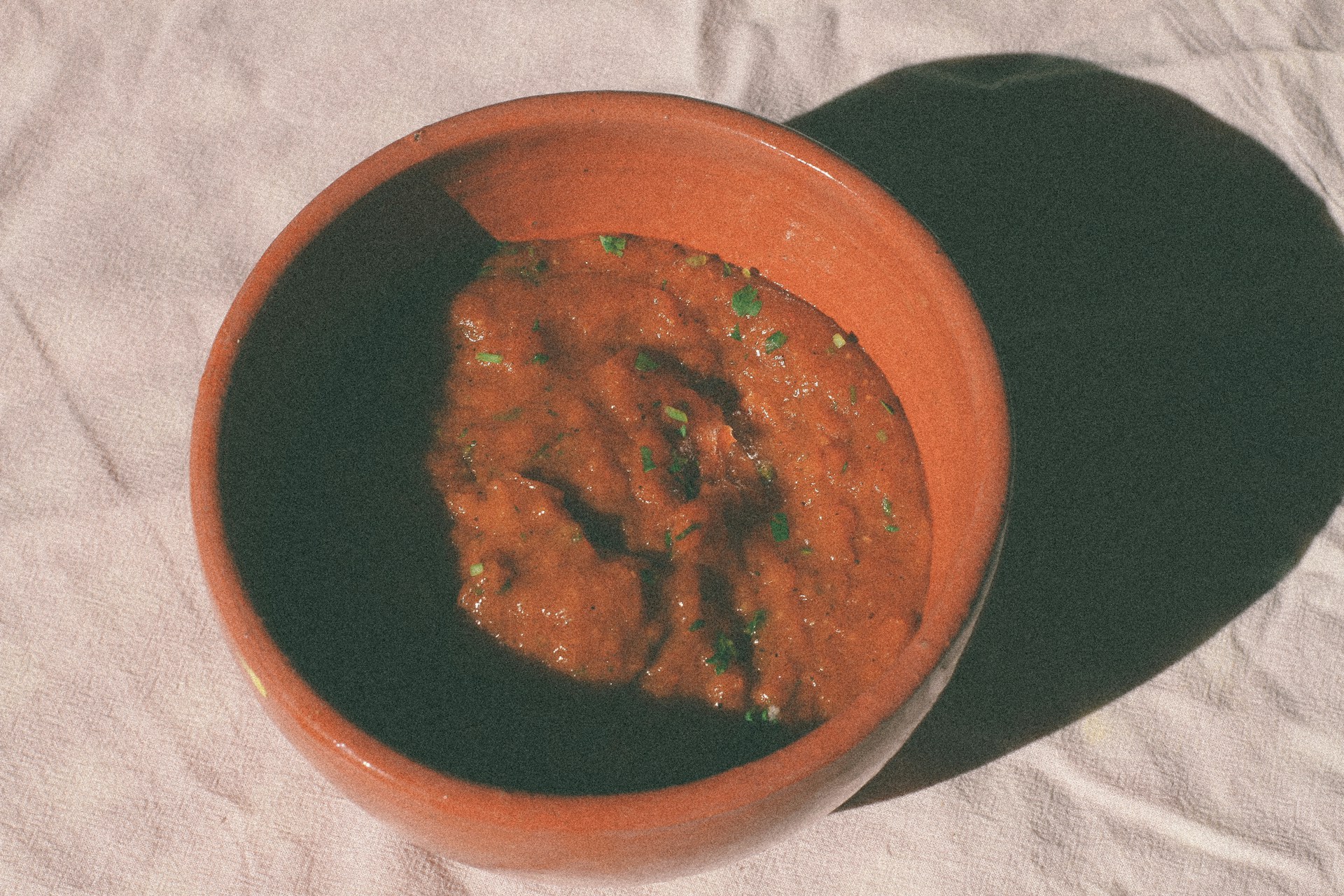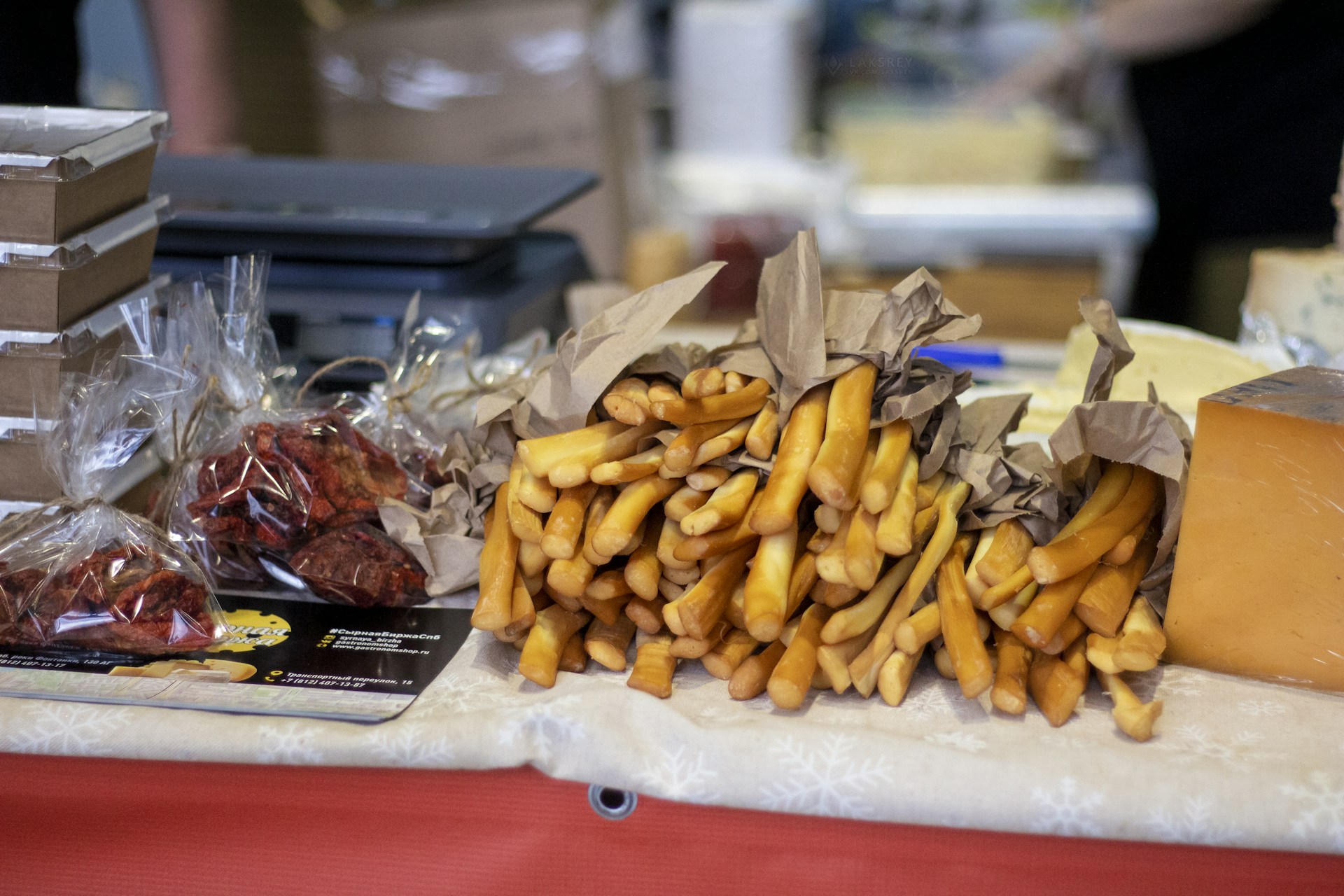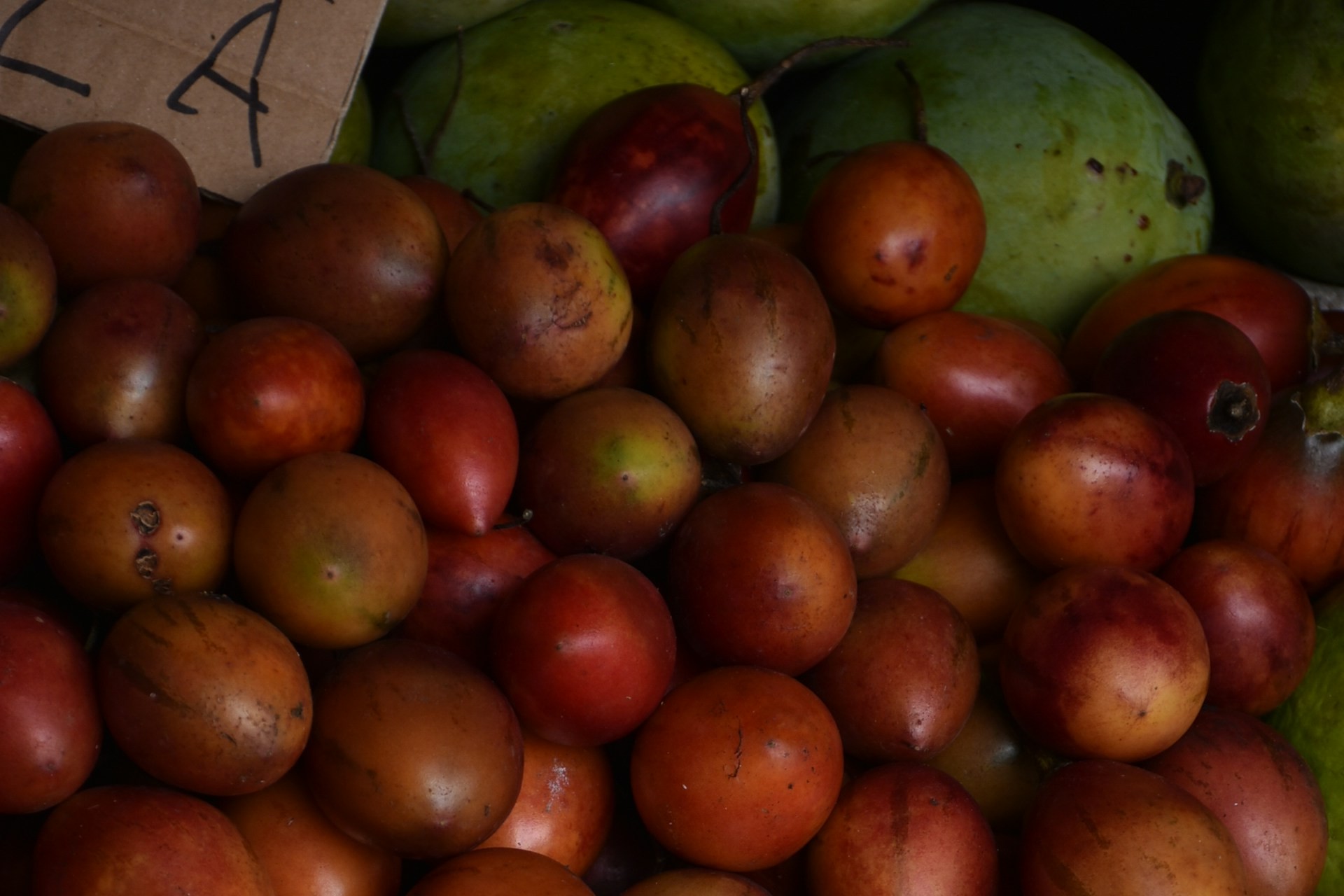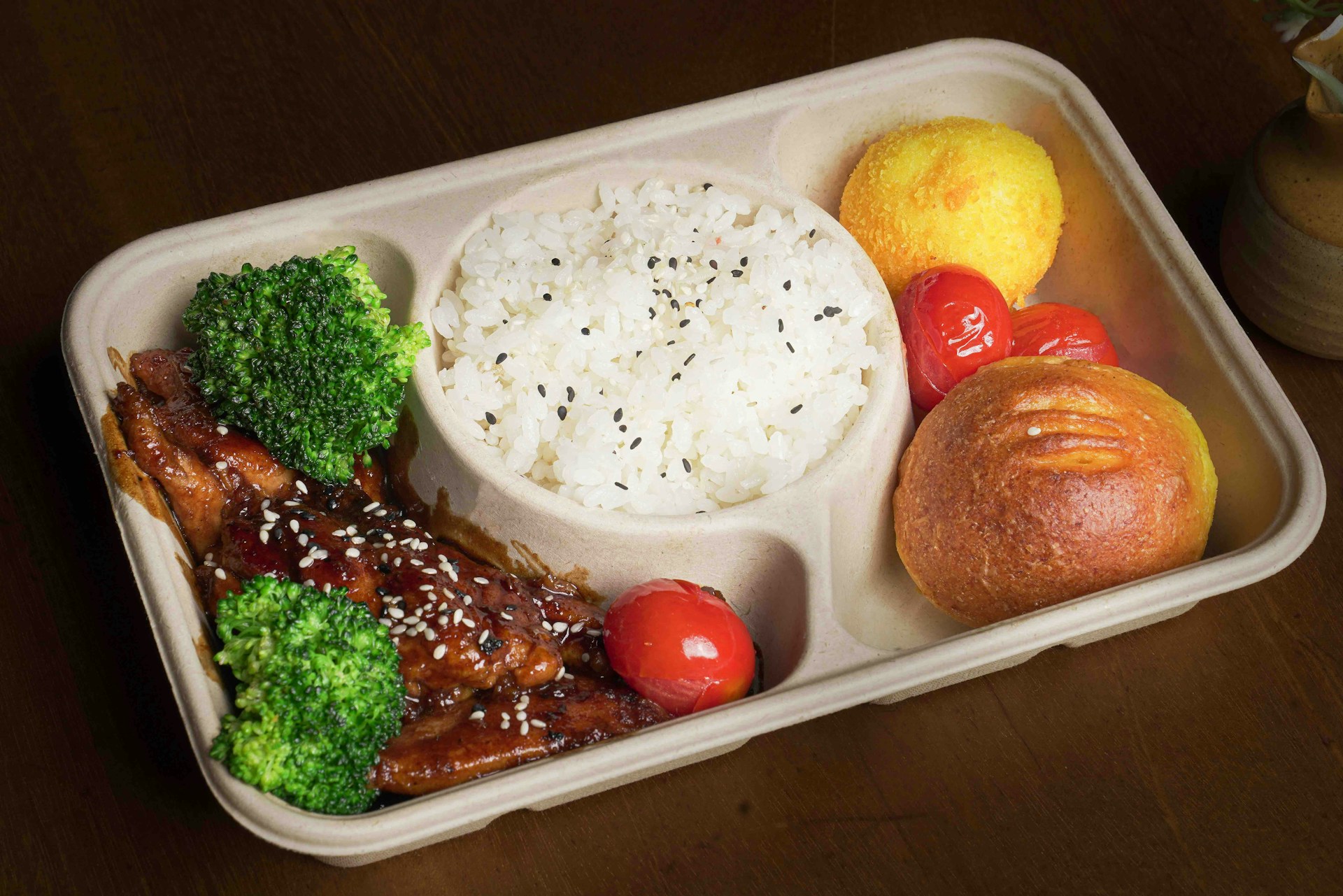Food Waste Assessment to Evaluate Adequacy Intake among Elderly and to Apply Quality Control of Food Service Management in Nursing Home
Analisis Sisa Makanan untuk Mengevaluasi Kecukupan Asupan pada Lansia dan Menerapkan Pengendalian Mutu Manajemen Pelayanan Makanan di Panti Jompo Surabaya
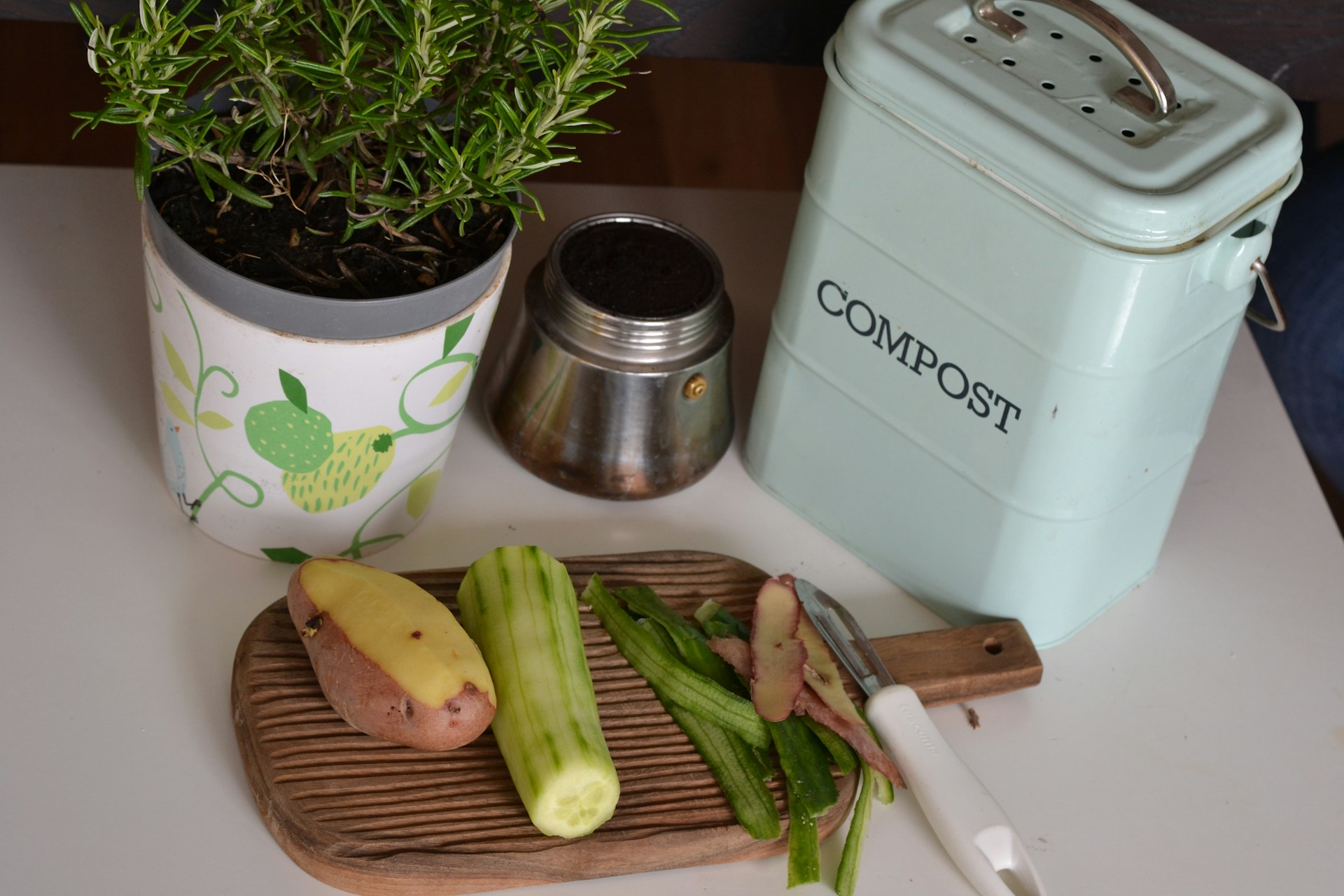
Downloads
Background: Malnutrition is still common among the elderly, and meal provision has an important role in combating this issue. One of the meal provision programs is done by providing adequate quantity and quality of intake in nursing homes. Having less food waste can reflect to which extent intake and quality standards are applied in institutional food services.
Objectives: This study aims to examine food waste as a factor in evaluating the adequacy of food intake and quality control in the food service management of nursing institutions.
Methods: This study was conducted on 65 elderly at Surabaya Nursing Homes in 2023. Observations on the menu they had were carried out to determine the adequacy of their food intake. The Visual Comstock 7x hours method was used to assess the adequacy of food intake. Then, the food waste limit of 20% became a quality control in food service management.
Results: The adequacy of nutritional intakes in the studied Surabaya nursing homes in terms of energy, carbohydrates, fiber, sodium, and potassium were 77.26%, 66.24%, 37.14%, 165.36%, and 27.17% of recommended daily allowance, respectively. This means that both the adequacy of the intake and the type of menu the elderly consumed are still below the standards. Food waste of more than 20% was identified from menus made of papaya, tongkol rica (spicy mackerel tuna), ote-ote (vegetable fritter), rice, green bean compote, sour vegetable soup, skipjack tuna balado (chili pepper skipjack tuna), and melon.
Conclusions: The adequacy of food intake that the elderly consumed did not meet daily needs and recommendations. Apart from that, some menus still had >20% leftovers. The menu options need to be diversified to reach the recommended nutritional intake.
INTRODUCTION
Several developing countries, one of which is Indonesia, are starting to have a higher elderly population. A population can be called an “old population” if the proportion of the elderly population (aged ≥ 60 years) has reached a percentage of 10% or more1The shift in population structure in which initially the number of young people is greater than the old population is called population aging. Based on the results of Susana's (National Socioeconomic Survey) in March 2021, eight provinces in Indonesia entered the aging phase. East Java was the second province with the highest number of elderly at 14.53% after the Special Region of Yogyakarta province at 15.52%. The percentage of the elderly population in East Java was 13.48% in 2020, and it was 9.16% in Surabaya2From this data, it can be concluded that there has been an increase in the percentage of the elderly population in East Java, from 13.48% to 14.53% in 2021.
The aging process affects various aspects of life such as social, economic, and health. If it is seen from a health perspective, the elderly group will experience a decline in health status, both naturally and because of a disease. Hence, a special approach for the elderly group to continuously improve the quality of health is necessary. As an individual gets older, the body's physiological changes occur in almost all body systems. Nutritional problems are one of the health problems that are often encountered by the elderly. Unmet need for nutrient intake can cause nutritional problems such as undernutrition or overnutrition, resulting in an increased risk of infection due to a low immune system, and contracting degenerative diseases such as diabetes mellitus, hypertension, stroke, heart disease, and so on3An individual's nutritional state plays an important role in the healing process; apart from that, illness can also have an impact on an individual’s nutritional state. A health condition worsens due to insufficient nutrition required for recovery4Seeing this problem, nursing homes should attend to improve the quality of the elderly’s lives to avoid nutritional problems.
To improve the elderly’s social welfare, the Surabaya City Government established a social institution, namely Griya Wreda. It is a technical implementation unit (Unit Pelaksana Teknis Dinas/UPTD) in the field of social welfare development for the elderly in the forms of providing shelter, life insurance such as food and clothing, health monitoring, free time including recreation, social, mental and religious guidance. This unit provides comfort and enjoyment for the elderly5Griya Wreda Surabaya has 2 places, in Jambangan and Kalijudan.
The results of research in 2017 show elderly people who live in social institutions have a lower BMI, experience malnutrition, and tend to experience malnutrition when compared to the elderly who live in a typical community environment6The elderly in Griya Wreda experienced some nutritional issues that depended on their previous nutritional status before living at the nursing home, eating habits, or food consumption at Griya Wreda. Providing meal services in nursing homes aims to meet the physiological needs of the elderly, therefore the adequacy of food intake should be achieved, one of which is by serving menus that increase their appetite7
One way to determine nutritional intake by patients and evaluate institutional meal provision is by analyzing food waste from the food they consume. Food waste is the amount of food that is not consumed. Food waste is considered a lot if the patient has food waste of
> 20%. Patients who have food waste of > 20% for a long period can result in nutritional deficiencies4The consumption of a balanced menu relies on how the various menus are prepared starting from the composition, color, taste, appearance, and harmonious combination of dishes8.
Meal provision is a series of processes starting from menu planning, food needs analysis, budget planning for food procurement, ingredient delivery, storing, cooking, distribution, and documentation to monitoring and evaluation9Food management is one of the nutritional services available in nursing homes that significantly contributes to meeting the elderly’s nutritional needs. Management of the food service system needs to be well-performed to meet the elderly’s optimal health and nutritional status. Routine and continuous evaluation of the meal serving process among the elderly is essential to implement in assessing quality standards and quality control and ensuring nutritional quality. This study aims to analyze food waste that the elderly in Griya Wreda left to evaluate the nutritional adequacy level and the quality of nutritional services in the food management of a nursing home.
METHODS
This was a descriptive observational study. The studied population was all elderly at Griya Wreda Jambangan and Kalijudan who were not on bedrest from May to June 2023. The sample in this study was 65 people who were selected through simple random sampling. The minimum sample size was calculated using theLemeshowformula. They met several inclusion criteria: being ≥ 60 years old, having a good memory, being able to communicate well, being able to carry out eating activities independently, and being in good health.
The menus served at the nursing home were analyzed, observed directly, and then converted from household measurement units to gram units. Then, data on the nutritional content of the menu would be calculated using Nutrisurvey. Food waste data were obtained using a visual Comstock for 7 consecutive days. Then, each component of the menu
Adioetomo, S. M. Monograph Series No. 1: Indonesia on the Threshold of Population Ageing. (2015).
BPS Provinsi Jawa Timur. Provinsi Jawa Timur Dalam Angka 2021. (2021).
Putri, H. R. Hubungan kecukupan energi, makronutrien, dan tingkat depresi dengan status gizi lansia (Studi kasus : di UPTD Griya Werdha Surabaya). (2018).
Departemen Kesehatan RI. Pedoman Pelayanan Gizi Rumah Sakit. (Jakarta: Ditjen Bina Kesehatan Masyarakat, 2013).
Kementrian Kesehatan. Pedoman Gizi Seimbang. Implement. Sci. 39, 1–24 (2014).
Saghafi-Asl, M. & Vaghef-Mehrabany, E. Comprehensive comparison of malnutrition and its associated factors between nursing home and community dwelling elderly: A case-control study from Northwestern Iran. Clin. Nutr. ESPEN 21, 51–58 (2017).
Sitoayu, L. Analisis Sistem Penyelenggaraan Makanan dan Hubungan Daya Terima, Asupan Makanan Terhadap Status Gizi Lansia di Panti Sosial Tresna Werdha Budi Mulia 01 Cipayung Jakarta Timur Tahun 2016. (2016).
Mukrie, N. A. et al. Manajemen Pelayanan Gizi Institusi Dasar. (Jakarta: Akademi Gizi, 1990).
Ruliana. Pelayanan Gizi Rumah Sakit. (EGC, 2017).
Supariasa, I. D. N. Penilaian Status Gizi. (EGC, 2017).
Rofiana, A. R., Pradigdo, S. F. & Pangestuti, D. R. Hubungan Keragaman Pangan dengan Kecukupan Gizi dan Status Gizi Ibu Menyusui di Daerah Pertanian Kecamatan Karangreja Kabupaten Purbalingga. Media Kesehat. Masy. Indones. 20, 300–307 (2021).
Farapti, F., Wangi, M. P. & Adiningsih, S. The Assessment of Daily Menus in Nursing Home Residents for Improving Intake and Nutritional Status in Elderly: Penilaian Menu Harian dari Penghuni Panti Werdha dalam Rangka Memperbaiki Asupan dan Status Gizi Lansia. Amerta Nutr. 7, 262–266 (2023).
Farapti, F., Nadhiroh, S. R., Sayogo, S. & Mardiana, N. Urinary and dietary sodium to potassium ratio as a useful marker for estimating blood pressure among older women in Indonesian urban coastal areas. Med. J. Nutrition Metab. 10, 113–122 (2017).
Anastasia Tirtadjaja, D., Apandi, M., Dwipa, L. & Jaya, A. Perbedaan Adekuasi Asupan Nutrisi Lansia Sarkopenia Dengan Dan Tanpa Sarkopenia Di Panti Werdha Bandung. J. Penyakit Dalam Indones. 8, 163–171 (2021).
Krisdyana, B., Hanim, D. & Sugiarto, S. The Correlation Between Energy, Carbohydrate, Fat and Protein Consumption Level With Demensia in Elderly. Media Gizi Indones. 16, 72 (2021).
Kumari, P. Role of Carbohydrates in Nutrition. Int. J. Adv. Res. Sci. Commun. Technol. 9, 160–164 (2020).
Verma, P. Carbohydrate Deficiency.
Tulungnen, R. S., Sapulete, I. M. & Pangemanan, D. H. C. Hubungan kadar natrium dengan tekanan darah pada remaja di Kecamatan Bolangitang Barat Kabupaten Bolaang Mongondow Utara. J. e-Biomedik 4, 37–45 (2016).
Fitri, Y., Rusmikawati, R., Zulfah, S. & Nurbaiti, N. Asupan natrium dan kalium sebagai faktor penyebab hipertensi pada usia lanjut. AcTion Aceh Nutr. J. 3, 158 (2018).
von Massow, M. & McAdams, B. Table Scraps: An Evaluation of Plate Waste in Restaurants. J. Foodserv. Bus. Res. 18, 437–453 (2015).
Farapti, F., Elkarima, E., Sari, D. W. & Winarno, D. D. Food Waste and Food Service Satisfaction among Older Adults in Nursing Homes. Media Gizi Indones. 18, 244–250 (2023).
Munawar, A. A. Hubungan penampilan makanan, rasa makanan dan faktor lainnya dengan sisa makanan (lunak) pasien kelas 3 di RSUP dr Hasan Sadikin Bandung. (Universitas Indonesia, 2011).
Rochmah, T. Improving Nutrition Services to Reduce Plate Waste in Patients Hospitalized Based on Theory of Constraint. Amerta Nutr. 4, 335 (2020).
Nita, M. H. D., Agung, A. & Loaloka, M. S. Evaluation of Patient Satisfaction and Analysis of Leftover Food on the Menu Served at Rsud Prof. Dr. W.Z Yohanes. Nutr. J. Pangan Gizi Kesehat. 1, 54–59 (2020).
Bahadori, M., Raadabadi, M., Salimi, M. & Ravangard, R. Discharge against medical advice: a case study in a public teaching hospital in Tehran, Iran in 2012. Glob. J. Heal. Sci. 5, 179–185 (2013).
Lin, Q.-L., Liu, H.-C., Wang, D.-J. & Liu, L. Integrating systematic layout planning with fuzzy constraint theory to design and optimize the facility layout for operating theatre in hospitals. J. Intell. Manuf. 26, (2013).
Kemenkes RI. Modul peningkatan tentang Perencannan Kebutuhan Bahan makanan Pasien di Fasilitas Pelayanan kesehatan bagi tenaga pendidik gizi. (Kemenkes RI, 2016).
Ahmad, B., Serpell, J., C., L., F. I. & Wong, E. H. Molecular Mechanisms of Adipogenesis: The Anti-adipogenic Role of AMP-Activated Protein Kinase. Front. Mol. Biosci 7, 1–22 (2020).
Boy, E. Prevalensi Malnutrisi Pada Lansia Dengan Pengukuran Mini Nutritional Asessment (Mna) Di Puskesmas. Herb-Medicine J. 2, 5–9 (2019).
Amran, Y., Kusumawardani, R. & Supriyatiningsih, N. Food Intake Determinant Factor Among Elderly. Kesehat. Masy. Nas. 6, 255–260 (2012).
Edi, S. & Purnamawati, T. Perbandingan Tingkat Stres pada Lansia di Panti Werdha dan Lansia di Keluarga. J. Biomedika dan Kesehat. 1, 26–34 (2018).
Kurniawati, D. A., Adi, M. S. & Widyastuti, R. H. Tingkat Stres Lansia dengan Penyakit Tidak Menular. J. Keperawatan Jiwa 8, 123 (2020).
Copyright (c) 2024 Amerta Nutrition

This work is licensed under a Creative Commons Attribution-ShareAlike 4.0 International License.
AMERTA NUTR by Unair is licensed under a Creative Commons Attribution-ShareAlike 4.0 International License.
1. The journal allows the author to hold the copyright of the article without restrictions.
2. The journal allows the author(s) to retain publishing rights without restrictions
3. The legal formal aspect of journal publication accessibility refers to Creative Commons Attribution Share-Alike (CC BY-SA).
4. The Creative Commons Attribution Share-Alike (CC BY-SA) license allows re-distribution and re-use of a licensed work on the conditions that the creator is appropriately credited and that any derivative work is made available under "the same, similar or a compatible license”. Other than the conditions mentioned above, the editorial board is not responsible for copyright violation.








































